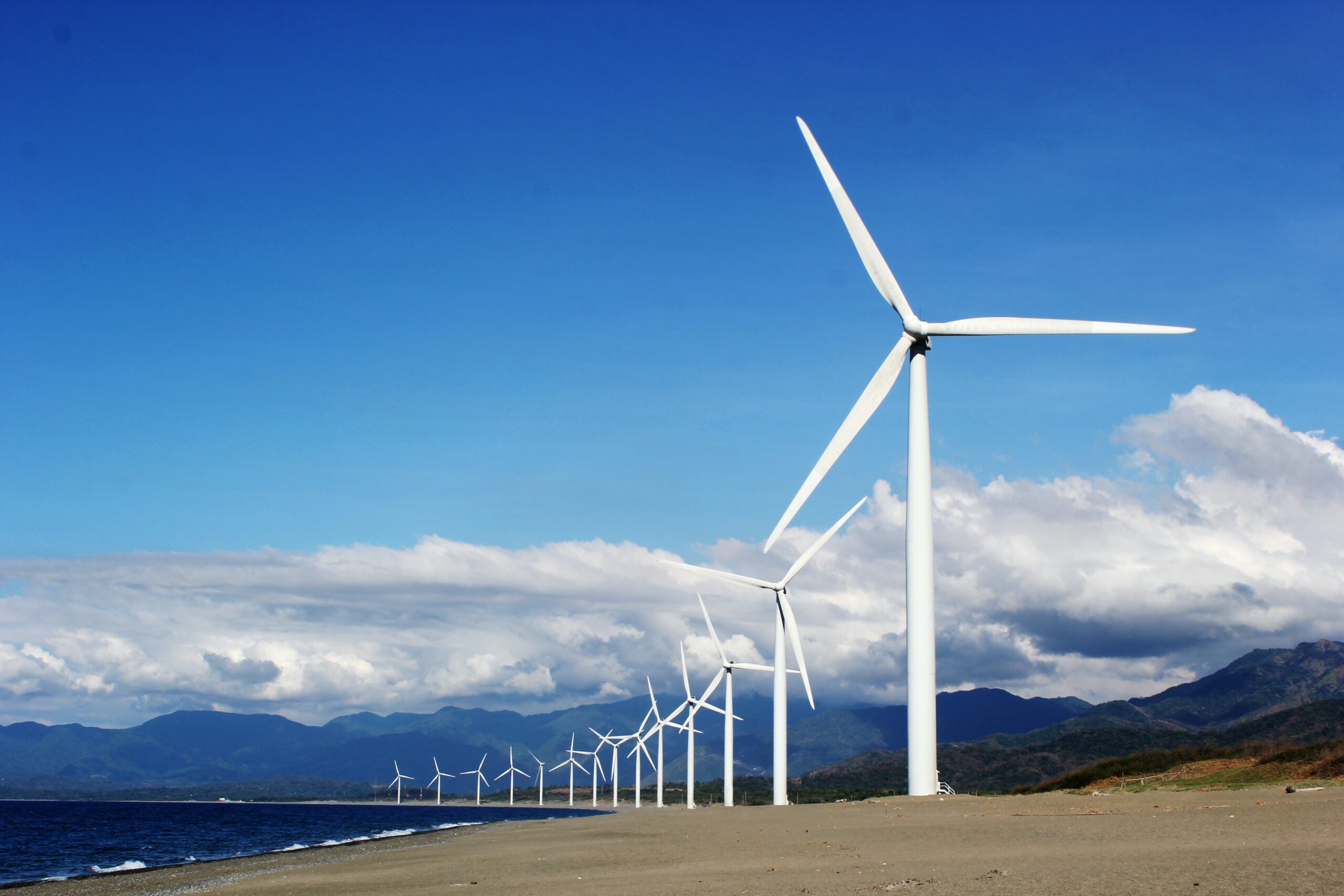8 item(s) were returned.
A federal Clean Energy Standard has been proposed as a policy approach to help meet climate change goals. The Biden Administration and some members of Congress are seeking to include it in budget reconciliation, and three variations of the policy have been introduced in Congress. The policy seeks to drive electric power generation to net-zero carbon emissions by requiring utilities to include more clean energy over time. Standards like this already exist in 30 states as renewable portfolio standards. Because of the similarities, many policy analysts believe a federal clean energy standard would be easy to implement. It would also… [more]
View InsightSenate Energy & Natural Resources Chairman Jeff Bingaman (D-NM) has introduced the Clean Energy Standard Act of 2012, which would require electric utilities to derive increasing percentages of their supply mix from low-CO2 sources. The bill would take effect in 2015, and would require that by 2035 84% of power from large utilities come from low-CO2 sources. Sources eligible under the legislation include: renewables, such as wind and solar, “qualified” renewable biomass and waste-to-energy, hydropower, natural gas, and nuclear. Facilities with CO2 capture and storage, and some combined heat and power facilities, are also eligible. The bill establishes a market-based… [more]
View InsightProfessor of Public Policy
Georgia Institute of Technology
In his 2011 State of the Union address, President Obama proposed a Clean Energy Standard (CES) requiring that 80 percent of the nation’s electricity come from clean energy resources by 2035. Over the past decade, Congress has debated renewable electricity standards, typically allowing energy efficiency to meet a portion of the target. For example, in 2009, an RES was included in the American Clean Energy Leadership Act of 2009, requiring 15% renewables by 2021, and 27% of this target could be met by energy efficiency. What happened to energy efficiency in the President’s proposal? A well-designed CES policy would enable… [more]
View InsightNote: Synopsis drawn from the report. Synopsis intended solely for the purpose of generating discussion. Blueprint for a Secure Energy Future by the Obama Administration Demand for oil in countries like China and India is growing, and the price of oil will continue to rise with it. We need to make America more secure and control our energy future by harnessing all of the resources that we have available and embracing a diverse energy portfolio. Beyond our efforts to reduce our dependence on oil, we must focus on expanding cleaner sources of electricity, including renewables like wind and solar, as… [more]
View InsightNote: Synopsis adapted by OurEnergyPolicy.org from APS press materials and report’s executive summary. Synopsis intended solely for purposes of generating discussion. Integrating Renewable Electricity on the Grid By the American Physical Society Panel on Public Affairs The United States has ample renewable energy resources. Land-based wind, the most readily available for development, totals more than 8000 GW of potential capacity. The capacity of concentrating solar power is nearly 7000 GW in seven southwestern states. To date, 30 states plus the District of Columbia have established Renewable Portfolio Standards (RPS) to require a minimum share of electrical generation produced by renewable… [more]
View InsightNote: Synopsis based on Our Energy Policy Foundation staff review of Congressional committee and office summaries, third party analyses, and media summaries. Synopsis intended solely for the purposes of generating discussion. Renewable Electricity Standard Would require electric utilities to meet 6% of their electricity demand through renewable energy sources and energy efficiency by 2012, and 20% by 2020. Qualifying renewable energy sources are solar, wind, geothermal, biomass, marine and hydrokinetic energy, certain biofuels, wastewater-treatment gas, landfill gas, coalmine methane, and post-1992 hydropower projects. Up to 1/4 of the 2020 requirement (or 5%) could be met through energy efficiency improvements. If… [more]
View InsightNote: Synopsis based on OurEnergyPolicy.org review of Congressional committee and office summaries, third party analyses, and media summaries. Synopsis intended solely for the purposes of generating discussion. Federal Energy Planning Would require a new comprehensive Federal energy plan one year into each new Presidential term. Emergent Energy Technology Investment Would establish the Clean Energy Deployment Administration to facilitate financing for clean energy technologies and expand the U.S. market for such technologies. Would establish a 4-year integrated plan to double the U.S. investment in energy innovation and technology, to a total of almost $6.6 billion, with a complementary set of programs… [more]
View Insight[Note: The statements below are intended solely to stimulate discussion among the Expert community, and do not represent the position of OurEnergyPolicy.org. Text in italics indicates clarification or expansion.] Wind energy is a good renewable solution for parts of the nation. The challenge with wind is accommodating its variability and uncertainty. It means that using the current technology, wind must work in conjunction with natural gas powered plants that could be started quickly to fill production gaps. It increases the capital costs of the electrical utilities. We have good wind conditions only in parts of the country (like the… [more]
View Insight